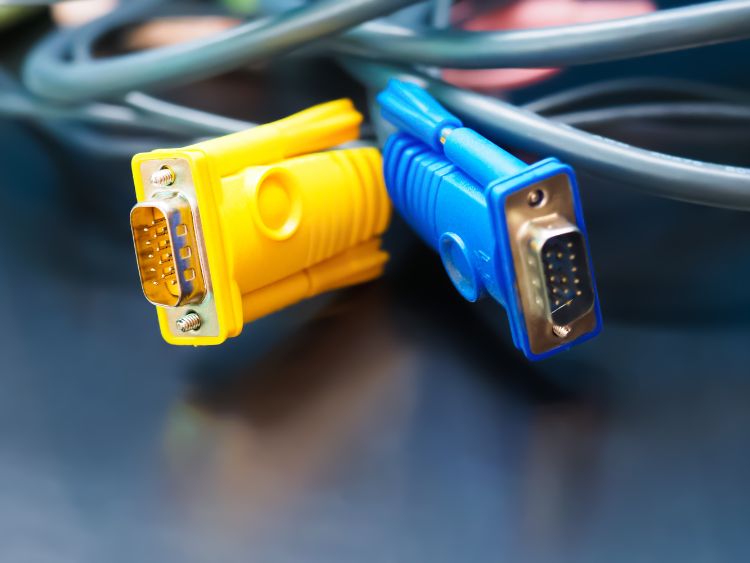In the world of technology and innovations, it is important to understand the basics of connectivity for you to make the most of your devices. One such key element is the VGA to VGA cable, which is paramount in the world of video connections. In this beginner’s guide, we will delve into the mysteries surrounding VGA cables and explore their functionality, common applications, and how crucial it is to choose the right cable for better and smoother visual experiences.
Understanding VGA
Video Graphics Array, commonly known as VGA, is a standard interface used for transmitting video signals between a computer and a display device. It was first introduced by IBM in 1987. Since then, VGA has passed the test of time and remains a top choice for analog video interfaces, especially in the demand for personal computers and monitors.
The Basics of VGA to VGA Cables
A VGA to VGA cable, simply known as a VGA cable, is designed to carry analog video signals between devices, generally connecting a computer or laptop to a monitor or projector. The cable includes a male VGA connector on each end, opening the gates for a straightforward and universal connection.
Components of a VGA Cable
Connectors
Male VGA Connectors are connectors that are typically blue in colour and have 15 pins arranged in three rows. They need to be plugged into the VGA ports found on computers, laptops, monitors, and projectors.
Cable
The cable itself is usually composed of multiple insulated wires, each assigned to carrying a specific component of the video signal.
Common Applications
Monitor Connections
VGA cables are commonly used to connect desktop computers or laptops to monitors, which is prevalent in workplaces, homes, and educational institutions.
Projectors
VGA cables are also commonly used to link computers to projectors, making them a key component of conference rooms, classrooms, and presentation setups.
Legacy Devices
The traditional devices that lack HDMI or DisplayPort ports may still depend on VGA connections. These devices include some older projectors, monitors, and legacy computer systems.
Choosing the Right VGA Cable
Selecting the right VGA cable for optimal and smooth performance despite looking straightforward is crucial. Here are some key highlights for you to make an informed decision.
Cable Length
The length of the cable directly impacts the quality of the signal. The longer the cable, the degradation in signal may get significantly high, leading to a reduction in image quality. You should choose a cable length as per your specific needs without compromising signal integrity.
Cable Quality
Higher-quality cables with better insulation and shielding unlock superior performance. Investing in a well-constructed cable can significantly improve the quality while minimising interference, ensuring a clear and stable image.
Resolution Support
Compromising on the resolution defeats the whole purpose of VGA cables. Do not compromise on the resolution supported by the VGA cable. Higher resolutions demand a cable that can handle the higher data transfer requirements.
Conclusion
In the age of technology and modern advancement dominated by digital interfaces, the VGA to VGA cable stands tall as a testament to its enduring relevance and longevity. You have been provided valuable insights into VGA cables’ basics, their components, common applications, and the importance of choosing the right cable for optimal performance. Whether you are up on a workstation, giving a presentation, or connecting various devices, the proper understanding of VGA cables is important to make an informed device. As you navigate the advancements in technology, the VGA to VGA cable remains a relevant and reliable bridge, filling the gap to bring out better visual brilliance.



